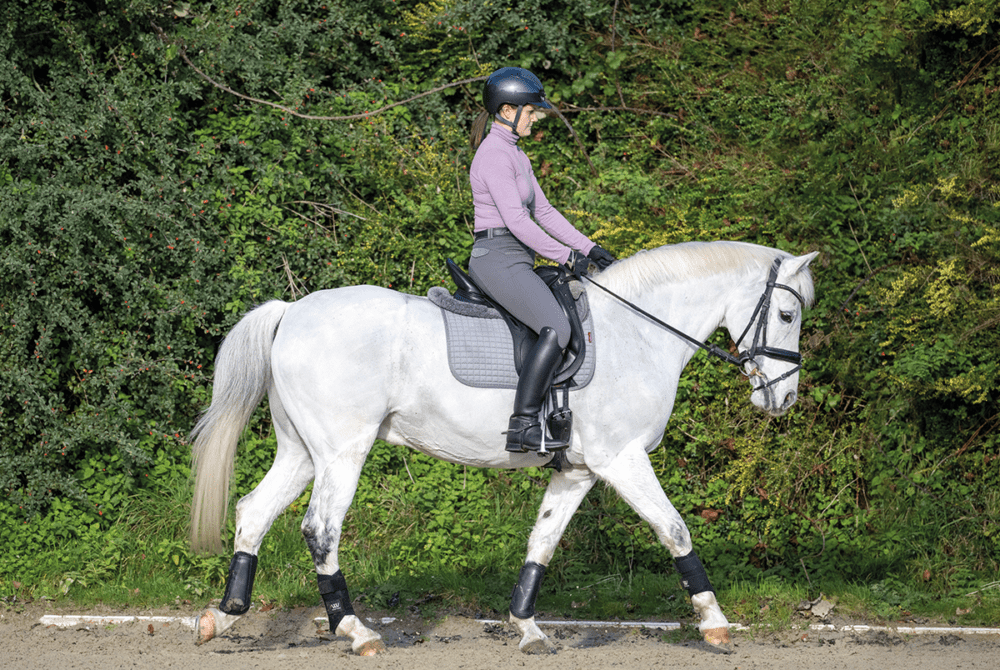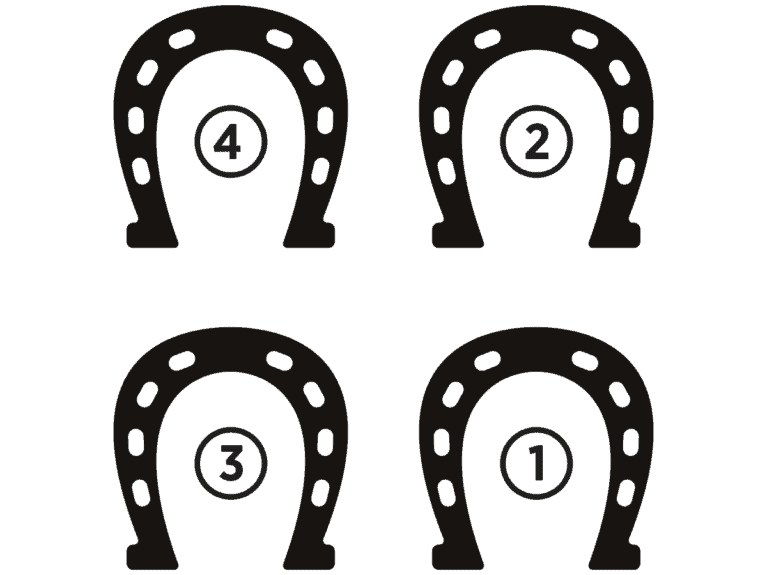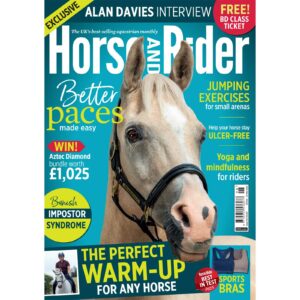Walk this way
Posted 16th February 2023
Want to improve your horse’s flatwork pace by pace? Dressage master Matt Hicks walks us through how to get the best out of the slowest gait

Walk is the pace horses spend most time in, but that doesn’t mean it’s easy to achieve the walk you want under saddle or in competition.
Whether your horse is blessed with an impressive, ground-covering step or has a more earth-bound, choppy stride, there are always elements that can be improved. Spending time focusing on walk will not only help you earn those elusive double marks for your free walk on a long rein in a test, but it will also allow you to teach your horse the fundamentals he needs to be successful in the trot and canter.
As a result, the walk is a natural place to start your work. I’ve developed three exercises for you to incorporate into your schooling sessions to help bring out the best in your horse’s walk.
The perfect walk
When we think of an ideal walk, we’re looking for…
- a clear, four-beat rhythm
- as much overtrack as possible
- an active, purposeful gait that doesn’t look laboured
- adjustability within the pace

Exercise one
Around in circles
Riding small circles during your schooling session is an excellent way to improve your horse’s walk. By asking him to spiral inward onto an 8–10m circle, then out again, you’re encouraging him to become more supple, to be responsive to your aids and to maintain a consistent rhythm. It’s also a moment when you can draw attention to your own and your horse’s positioning. Ask yourself whether you’re tilting your body or are stronger on one rein than the other. Is your horse straight or is he falling in or out?
How to ride it
- From a 20m circle, ask your horse to gradually spiral inward onto a smaller one (8–10m). To do this, look ahead to where you want to go, turn your shoulders, hands and torso to the inside. Place a little more weight onto your inside seat bone, and squeeze with your inside leg to encourage bend through the ribcage, while sliding your outside leg slightly behind the girth to prevent his hindquarters from falling out.
- When you’re on the circle, check your straightness. Can you see the inside of your horse’s eye? Are his hindlegs following his forelegs? Is he falling in or out? Answer these questions in your mind and focusing on one issue at a time, make the necessary adjustments to fix the problem.
- In terms of your position, try to keep as still as possible and avoid pushing back and forth with your seat if your horse loses activity. Stay elastic and even through the rein contact and sit up straight.
- Ride the small circle a couple of times, then spiral out, change the rein and try the other direction.
Find out more ways to achieve top marks for your horse’s walk in Spring Horse&Rider – on sale now!











